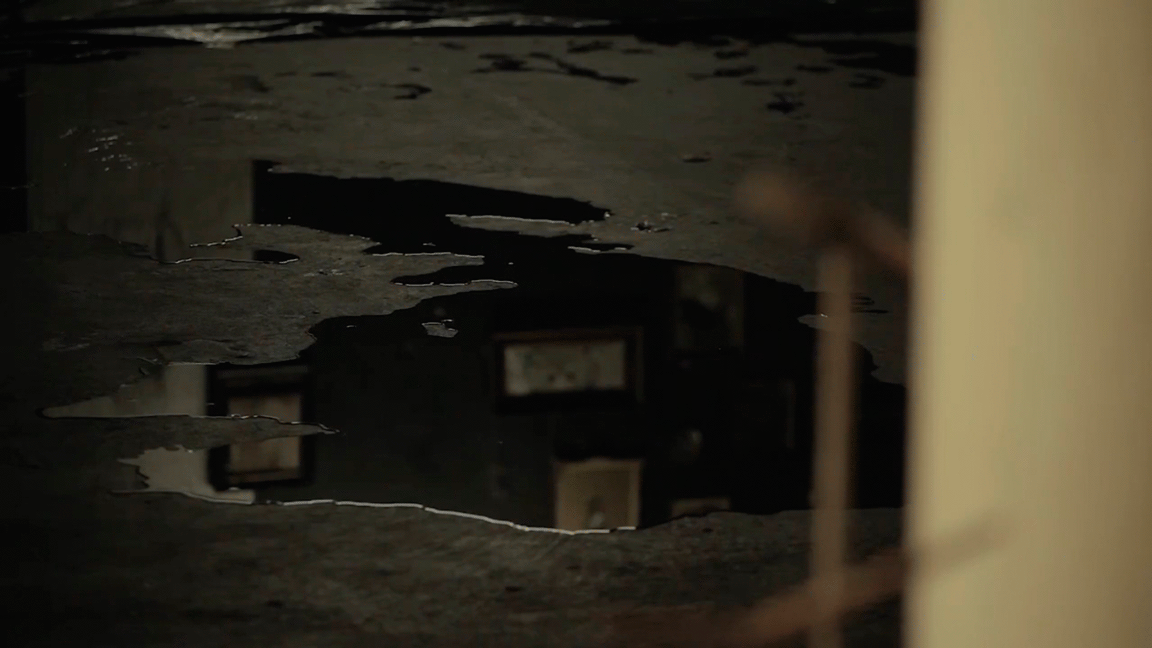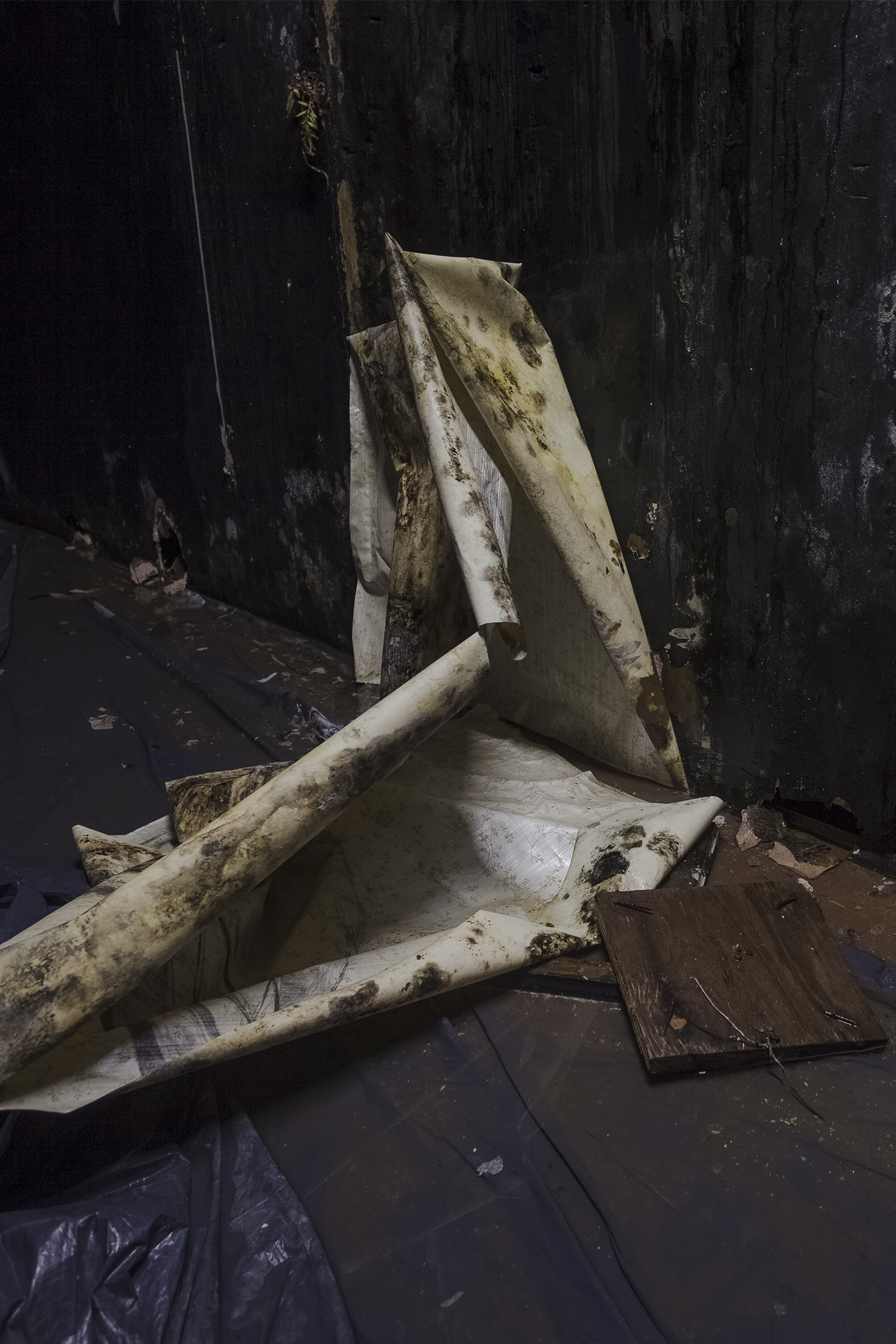SOLILOQUIO,
la ruina
︎
By thinking Centro Cultural San Martín's architecture as a metaphor of modernity's paradigm, in one of its exhibition rooms the artists installed a wall with a drip irrigation system that dampened and deteriorated slowly the works and the state of the space that contained them.

Centro Cultural San Martín
City of Buenos Aires.
Dec 2017 - Mar 2018
Curator: M. S. Dansey
![]()
City of Buenos Aires.
Dec 2017 - Mar 2018
Curator: M. S. Dansey


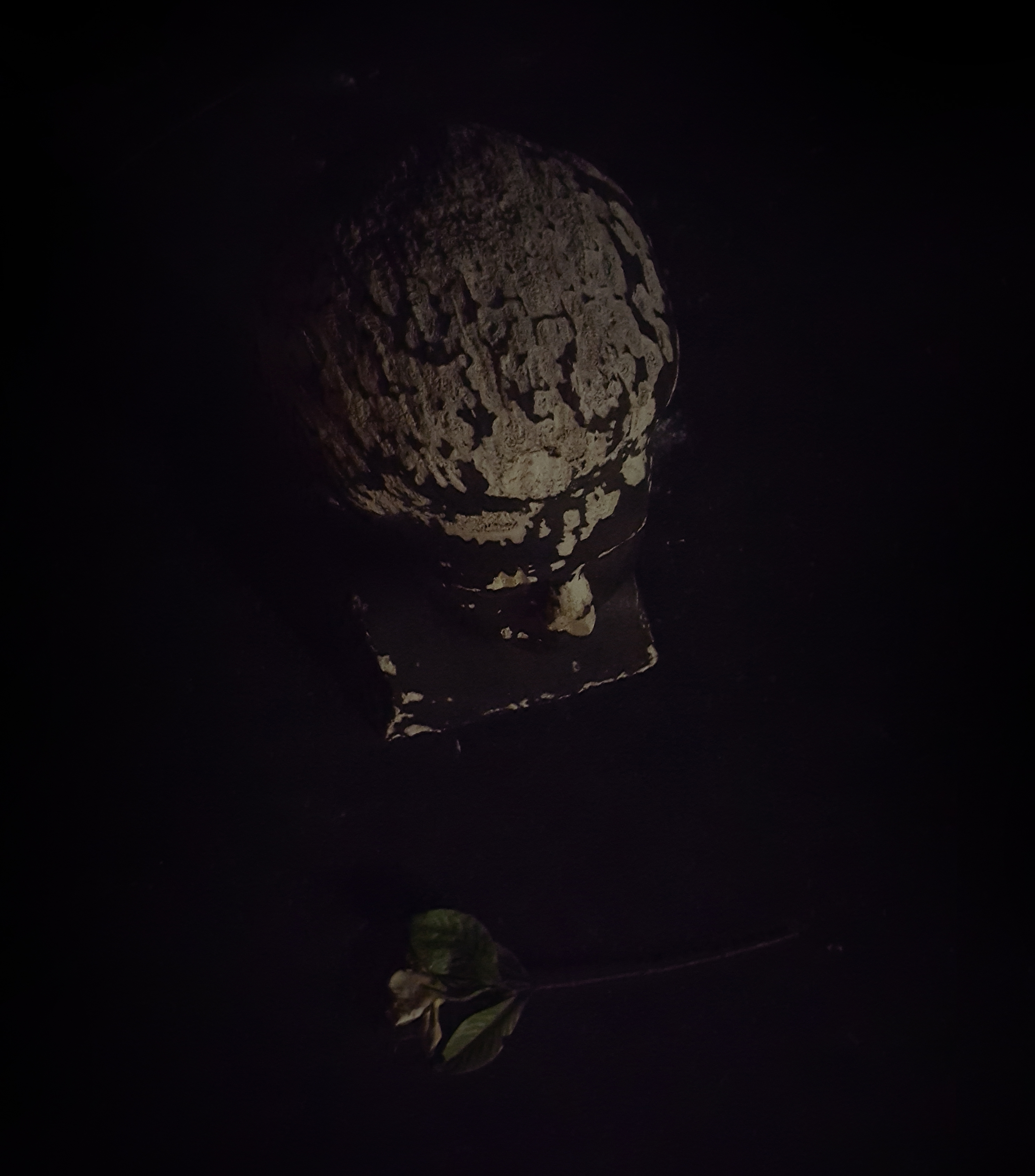
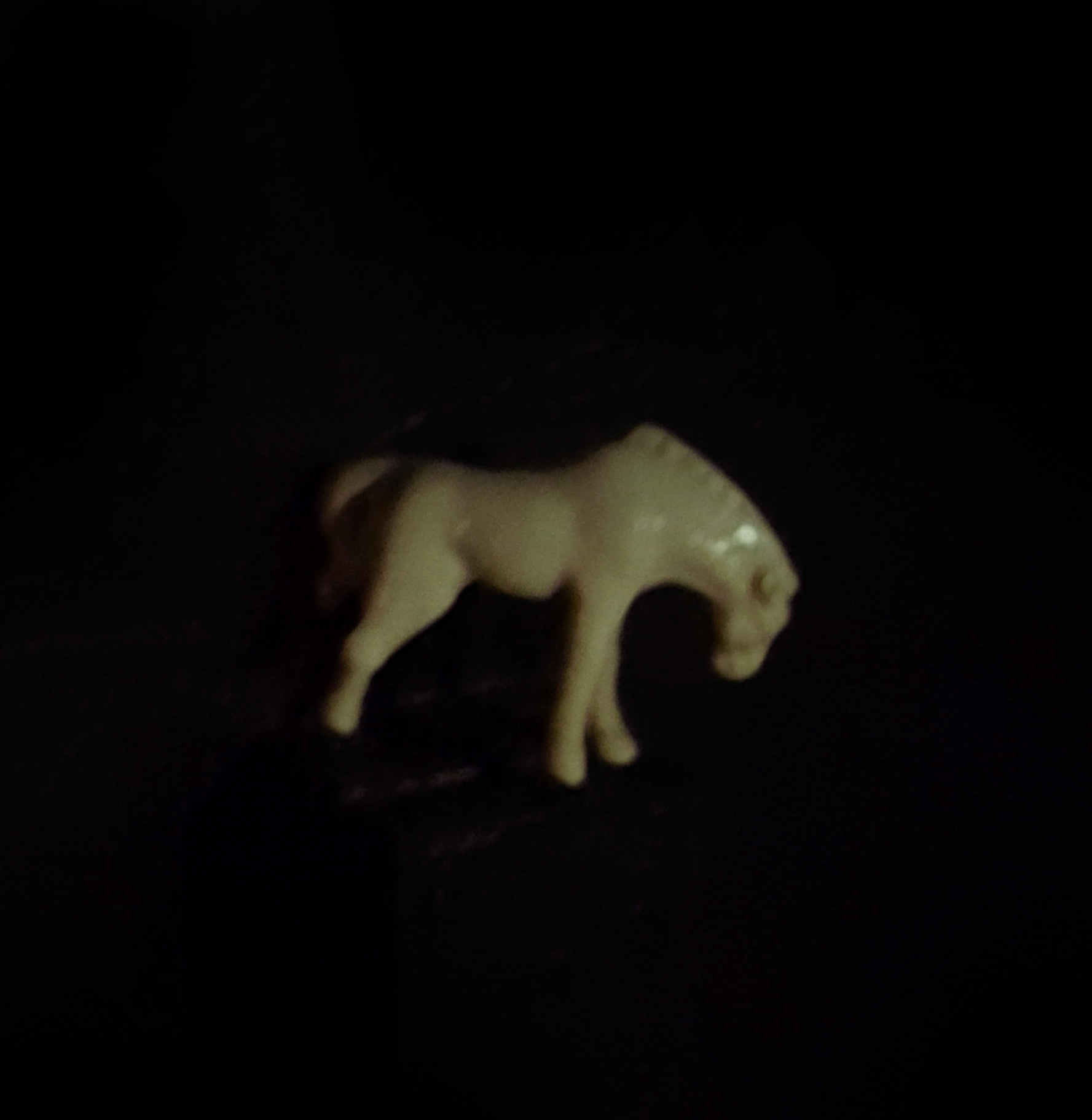
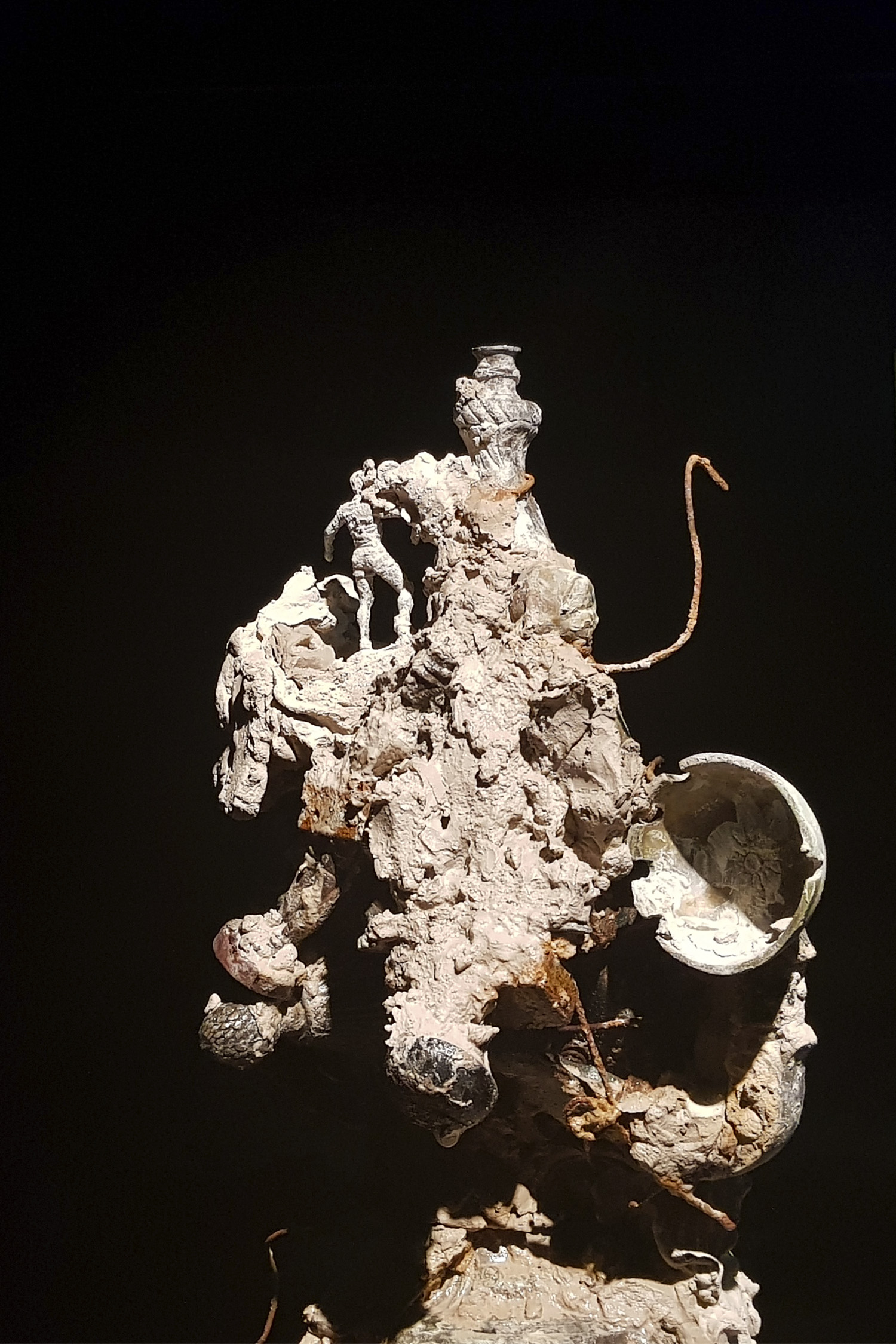
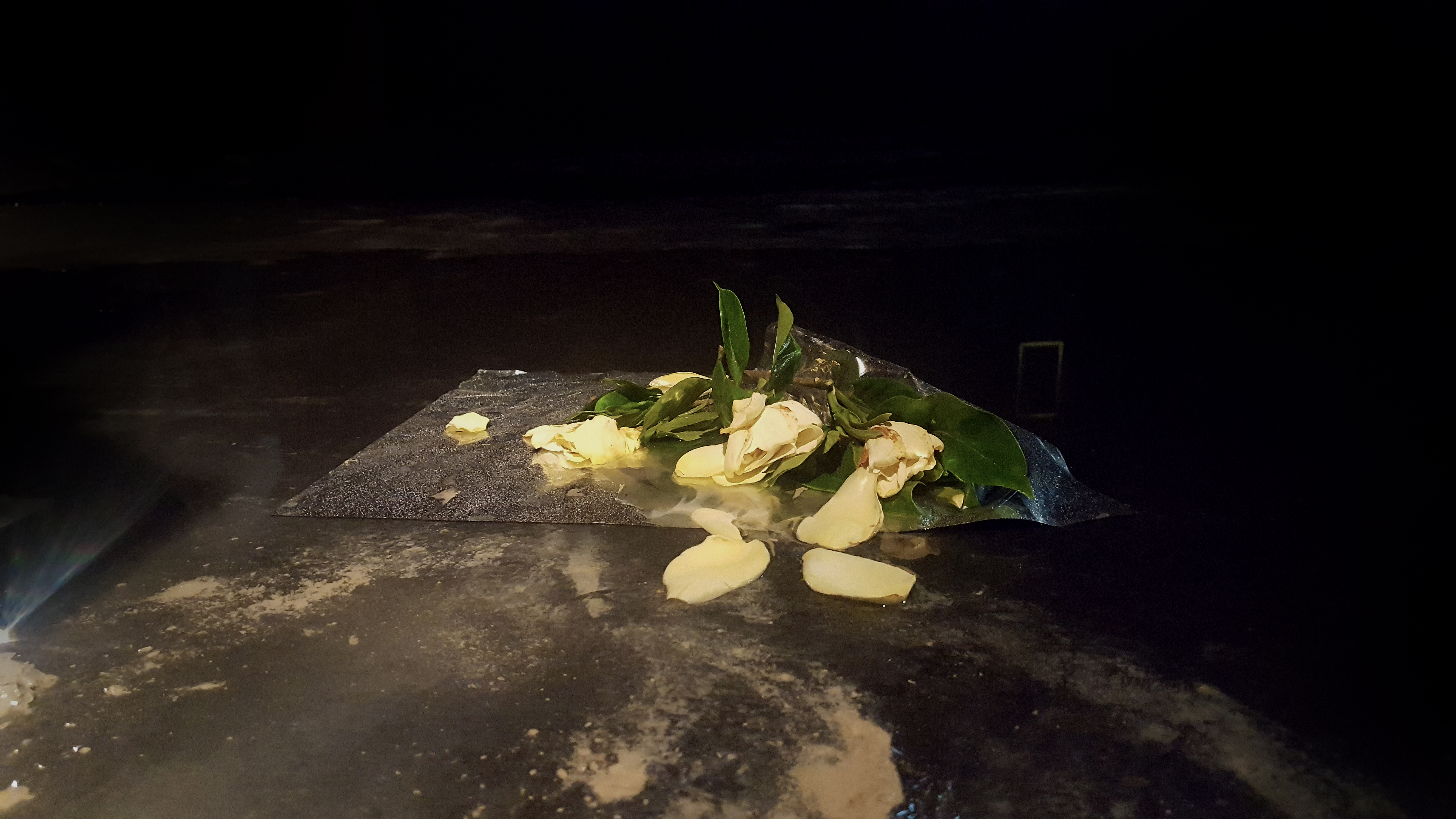
Texto Curatorial en español
La arquitectura de Mario Roberto Alvarez gozó de buena salud durante muchos años. Aunque si lo juzgamos por la dimensión material y simbólica del proyecto quizás no fueron tantos. Convengamos que la utopía modernista era eso, una utopía.
¿Cuándo empezó el deterioro? ¿Cómo determinarlo? Dicen que a los diez años de su inauguración el edificio ya mostraba indicios de falta de mantenimiento pero ¿para qué sacar cuentas? ¿para qué buscar responsables? Preferiría no hacerlo. Es el signo de los tiempos impreso en el obrar humano. Habrá un poco del cinismo, de quienes ya saben cómo termina todo y sacan provecho; y otro tanto de la fe, de quienes con los mismos datos deciden apuntalar lo que se cae.
La escena que presentan Val Vargas y Julián Matta parece ser una crítica al Estado, pero más específicamente al Estado de las Cosas. La Arquitectura y el Arte como campo de batalla de las fuerzas políticas y psicológicas.
La imagen puede verse como un bodegón, aunque quizás tampoco sean necesarias esas clasificaciones. El análisis exige un gasto de energía tan grande que preferiría evitar la fatiga. El arte se ha vuelto una cosa tan compleja, tan frágil, que podemos abandonarnos un poco sin por eso violentar las reglas. Todo es Arte.
Vagamos entonces por esta sala donde el andamiaje de acciones y omisiones sostiene incluso lecturas contrapuestas. Según se mire, las cosas son lo que son y son su reverso. Los artistas le dan un tratamiento a los elementos constitutivos de la sala de modo que se reflejan sobre sí mismos y nos dejan al borde de la neurosis.
¿Sabía usted que estas paredes negras son en realidad una adaptación del edificio a nuevas exigencias institucionales? ¿Sabía que atrás de estas placas de fenólico pintado hay paredes blancas, de mármol, y que entre unas y otras hay un espacio de dos metros? ¿Es acaso esta caja negra, dentro del cubo blanco, un exótico parásito contemporáneo que nos ha tragado? El dúo Vargas-Matta lejos de desentenderse, se apropia de estas paradojas para levantar su ficción y someterla a su opuesto: lo impensable, el accidente.
El tiempo avanza a través la materia desplegando sus procesos, equilibrando el sistema. No hay mucho para hacer más que deambular por donde nos lleve la curiosidad y eventualmente sentarse sobre la vanidad, y dejarse estar... Siempre hay otros sentidos, incluso en el silencio. Habrá que ver la vitalidad de la muerte.
M. S. Dansey
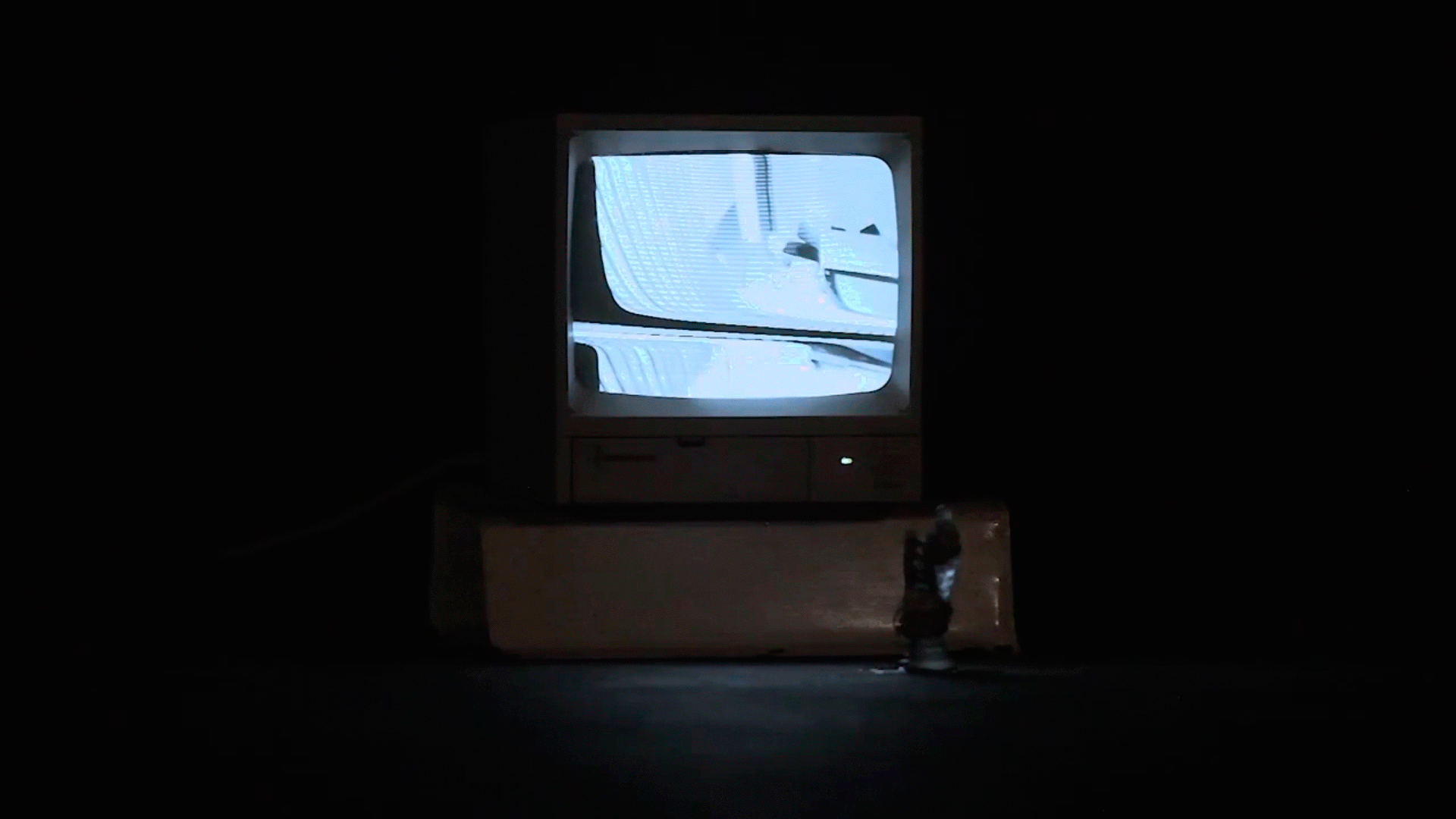
Curatorial Text
The architecture of Mario Roberto Álvarez was in good health for many years. But, if we judge this status by the material and symbolic dimensions of the project, maybe it was less time. Let’s agree that modern utopias were, in fact, utopias.
When did the decay start? How can we know? They say that, ten years after its opening, the building already displayed signs of lack of maintenance, but, why should we keep on counting? Why are we looking for a guilty party? I’d rather not do that. It’s the sign of times printed in human action. Those who already know how this will end will act cynical and try to obtain benefits from it; others, who also happen to know the same story, will try to remain faithful by bracing what is falling down.
The scene presented by Val Vargas and Julián Matta appears to be some sort of criticism towards the State, but more specifically, it is against the State of Things. Architecture and Art as a battlefield of political and psychological forces.
The image can be seen as a still life, although perhaps these classifications are not necessary. The analysis demands a waste of energy so big I’ rather avoid fatigue. Art has become such a complex thing, so fragile, that we may abandon ourselves a little bit without breaking the rules. Everything is Art.
Therefore, we wander around this exhibition room where the structure of actions and omissions bears opposed interpretations. Depending on how we look at it, things are what they are, as well as their flip side. The artists handle the coinstitutive elements of the room in a way in which they reflect themselves upon it and leave us on the brink of a nervous breakdown.
Did you know that these black walls are an adaptation of the building to new intitutional requirements? Did you know that behind these painted phenolic boards there are white marble walls and that, between one and another there’s a space of two meters? Is this black box, inside a white cube, an exotic contemporary parasite that has swallowed us all? Far from avoiding this problematique, the duo composed by Vargas and Matta appropriates these paradoxes to build their fiction and subdue it to the opposite: the unthinkable, the accident.
Time goes by through matter, unfolding its processes, adjusting the system. There is not much to do, but to wander around where curiosity leads us and, eventually, take over vanity, and let ourselves be... There are always other meanings, even in silence. Let’s witness the vitality of death.
M. S. Dansey
The architecture of Mario Roberto Álvarez was in good health for many years. But, if we judge this status by the material and symbolic dimensions of the project, maybe it was less time. Let’s agree that modern utopias were, in fact, utopias.
When did the decay start? How can we know? They say that, ten years after its opening, the building already displayed signs of lack of maintenance, but, why should we keep on counting? Why are we looking for a guilty party? I’d rather not do that. It’s the sign of times printed in human action. Those who already know how this will end will act cynical and try to obtain benefits from it; others, who also happen to know the same story, will try to remain faithful by bracing what is falling down.
The scene presented by Val Vargas and Julián Matta appears to be some sort of criticism towards the State, but more specifically, it is against the State of Things. Architecture and Art as a battlefield of political and psychological forces.
The image can be seen as a still life, although perhaps these classifications are not necessary. The analysis demands a waste of energy so big I’ rather avoid fatigue. Art has become such a complex thing, so fragile, that we may abandon ourselves a little bit without breaking the rules. Everything is Art.
Therefore, we wander around this exhibition room where the structure of actions and omissions bears opposed interpretations. Depending on how we look at it, things are what they are, as well as their flip side. The artists handle the coinstitutive elements of the room in a way in which they reflect themselves upon it and leave us on the brink of a nervous breakdown.
Did you know that these black walls are an adaptation of the building to new intitutional requirements? Did you know that behind these painted phenolic boards there are white marble walls and that, between one and another there’s a space of two meters? Is this black box, inside a white cube, an exotic contemporary parasite that has swallowed us all? Far from avoiding this problematique, the duo composed by Vargas and Matta appropriates these paradoxes to build their fiction and subdue it to the opposite: the unthinkable, the accident.
Time goes by through matter, unfolding its processes, adjusting the system. There is not much to do, but to wander around where curiosity leads us and, eventually, take over vanity, and let ourselves be... There are always other meanings, even in silence. Let’s witness the vitality of death.
M. S. Dansey
